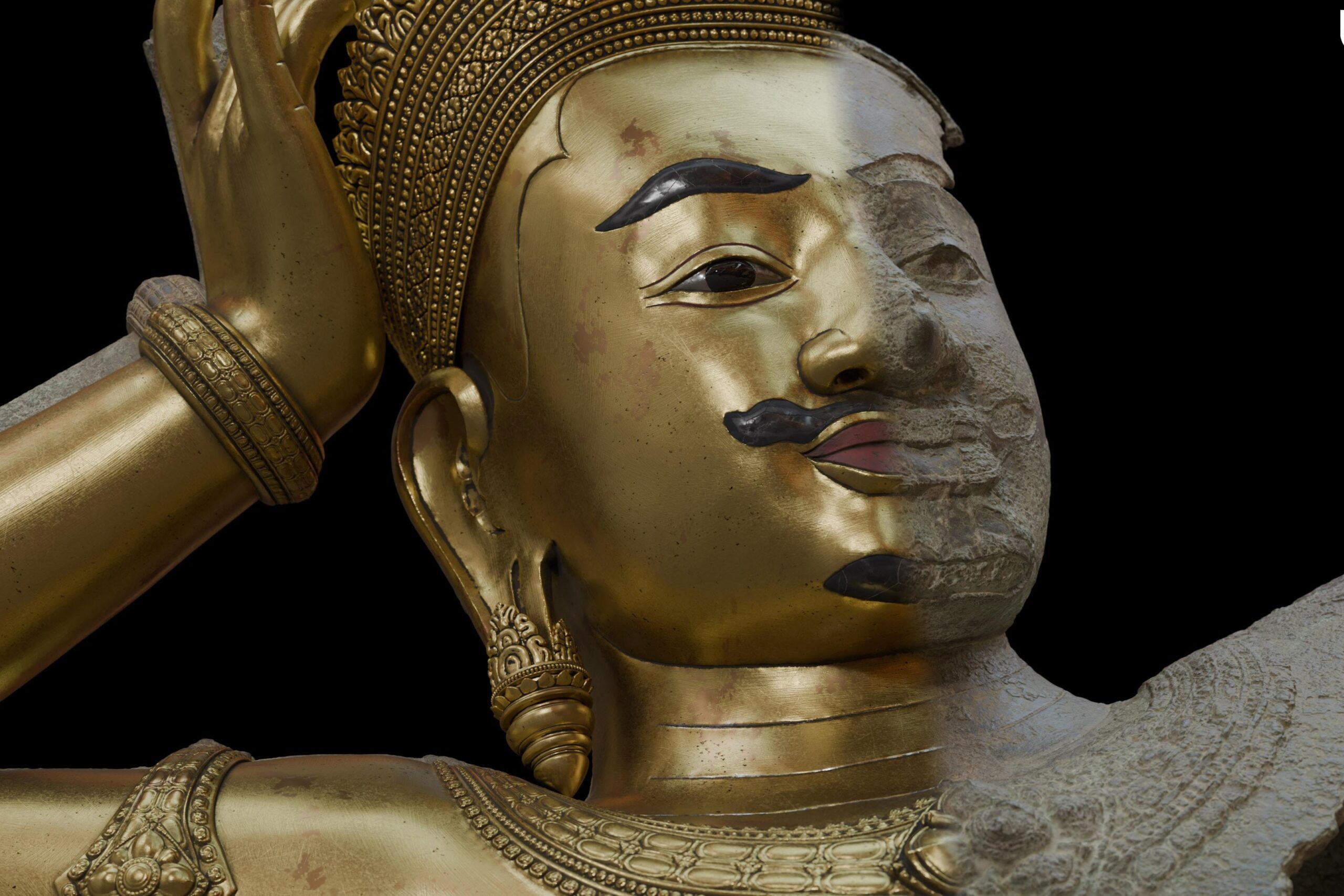
Curator Talk: West Mebon Vishnu
Discover the fascinating story behind one of Cambodia’s greatest treasures: the monumental bronze statue of the Hindu god Vishnu, reclining on the serpent Ananta. This statue, dated from the second half of the 11th century, was first unearthed at Angkor’s West Mebon temple in 1936. But its secrets have remained untold—until recently.
Thanks to the collaboration of Cambodian and French experts, more than 40 specialists joined forces to study the statue in Paris. Their research is shedding new light on big questions: How was such a massive bronze cast nearly a thousand years ago? Where did the metal come from? And what might this extraordinary work have looked like in its original glory?
 David Bourgarit is an archaeometallurgist and a researcher at the Centre de Recherche et de Restauration des Musées de France. His research focuses on ancient metallurgical techniques, from medieval and modern Europe to Southeast Asia. Bourgarit recently headed the publication of international guidelines on the techniques of bronze sculpture. He co-directs the VISHNU project (2018–2027) on a monumental bronze from the National Museum of Cambodia and is a co-curator of the exhibition “Royal Bronzes: Cambodian Art of the Divine.”
David Bourgarit is an archaeometallurgist and a researcher at the Centre de Recherche et de Restauration des Musées de France. His research focuses on ancient metallurgical techniques, from medieval and modern Europe to Southeast Asia. Bourgarit recently headed the publication of international guidelines on the techniques of bronze sculpture. He co-directs the VISHNU project (2018–2027) on a monumental bronze from the National Museum of Cambodia and is a co-curator of the exhibition “Royal Bronzes: Cambodian Art of the Divine.”
Brice Vincent is an archaeologist and assistant professor of the École Française d’Extrême-Orient (EFEO). He’s also the director of the research program LANGAU, dedicated to the study of copper-based metallurgy in Angkorian Cambodia. He’s a co-curator of the exhibition “Royal Bronzes: Cambodian Art of the Divine.”
